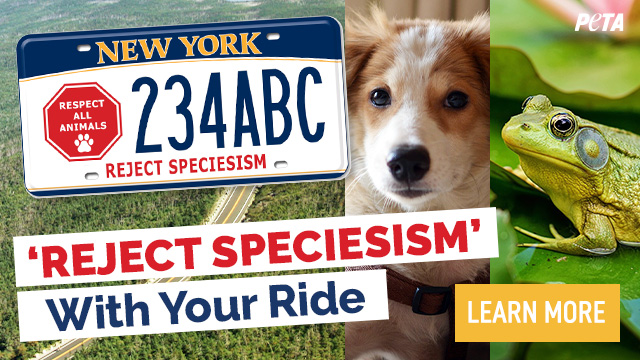WHY ANIMAL RESCUE IS Vital
The Rescue Community Saves Lives
In the 1950’s, according to pop culture, the idea of the All-American family included a golden retriever of some kind that peacefully and happily lived in a small wooden house in the backyard. That was true if you watched television or movies anyway. We all know the reality was different. Dogs were, and largely still are, considered property under the law. They were not considered to be a member of the family the way they are now. The same is true of cats. And while the first animal shelter in our country was opened in 1869 by the Women’s SPCA of Pennsylvania, the modern concept of animal rescue didn’t really take hold until the late 1990’s.
We have to remember that those animals that were considered a household pet (a dog or cat) were being used for testing products like makeup, cleaning agents and the like. And even though animal rescuers have been saving lives for almost 150 years, it wasn’t until President Lyndon Johnson signed the (Laboratory) Animal Welfare Act of 1966 into law that animals were finally being provided certain protections. The stated intention of this law was, “…to protect the owners of dogs and cats from theft of such pets, to prevent the sale or use of dogs and cats which have been stolen, and to insure that certain animals intended for use in research facilities are provided humane care and treatment…”. The new law established licensing for dog and cat dealers and authorizes the Secretary of Agriculture to regulate the transport, sale, and handling of animals pre-research or “for other purposes”. The Act covered six species: dogs, cats, nonhuman primates, guinea pigs, hamsters, and rabbits. This law has since been expanded to include all warm-blooded animals, as well as provide other protections.
Fast forward to today and the term “Animal Rescue” is defined, according to Dictionary.com, as “the act of rescuing animals from danger, abuse, or neglect, as the adoption of stray and abandoned animals from an animal shelter, or the protection of wild animals in an animal sanctuary.” Currently in the US, there are over 50,000 “animal welfare organizations,” the majority of which are shelters and rescues.


It is important to note that it is the small local animal rescues in communities across the country that are saving more and more pets. These organizations tend to be nimbler and more mobile than their municipal shelter counterparts because they don’t have a gauntlet of bureaucracy to contend with, nor do they require approvals from a government body to adopt out a pet. That is also why so many small rescues work with their local shelter. The founders of these organizations tend to be people in the local community who just want to help change the paradigm of animal welfare. And with the assistance of large, national non-profit organizations like Best Friends Animal Society, these community rescues are making significant strides in getting more pets into loving homes.
If you have not volunteered for or worked with a rescue, or shelter, we encourage you to do some research about the needs of your local community, and what organizations are on the ground that you can work with. The needs of each community differs slightly dependent on the size of the human population as well as what local laws are in place.
Finally, we encourage anyone who is able to either adopt from or foster for a local shelter or rescue. Fostering an animal, even for a short period of time, is an essential tool in the fight to “Save Them All” as our friends at Best Friends Animal Society says. To learn more, please visit www.bestfriends.org








